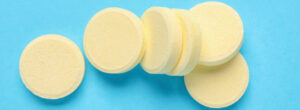Kratom has surged in popularity as a natural alternative for pain relief, mood enhancement, and energy support. However, a new wave of products featuring 7-hydroxymitragynine (7OH)—one of kratom’s most potent alkaloids—has sparked debate and curiosity among users. Are these two substances the same? How do they differ in terms of effects, safety, and user experience? This in-depth listicle breaks down the similarities and differences between kratom and 7OH, helping you make an informed choice.
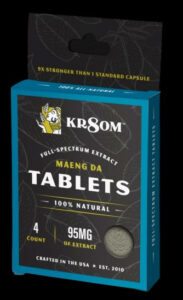
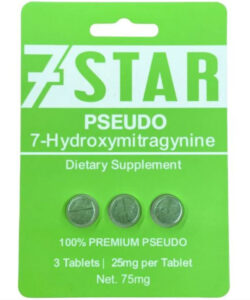
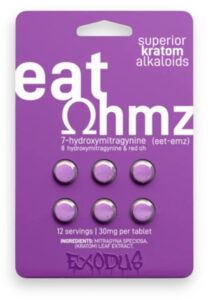
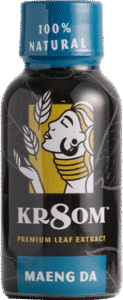
1. Origin and Composition
Kratom:
- Derived from the leaves of the Mitragyna speciosa tree, native to Southeast Asia.
- Contains a diverse spectrum of naturally occurring alkaloids, most notably mitragynine (the primary alkaloid) and a small amount of 7-hydroxymitragynine (7OH), usually less than 0.7% of total alkaloid content.
- Sold as whole-leaf powder, capsules, teas, and extracts, maintaining the plant’s natural complexity.
7OH:
- 7OH is a specific, highly potent alkaloid found in trace amounts in kratom leaves.
- Commercial 7OH products are typically concentrated extracts, shots, or tablets, containing isolated or enhanced levels of this single compound.
- These products lack the full spectrum of alkaloids found in natural kratom, focusing solely on the effects of 7OH.
2. Mechanism of Action
Kratom:
- The effects stem from a synergy of multiple alkaloids, primarily mitragynine and 7OH.
- Mitragynine is metabolized in the liver to produce additional 7OH, contributing to kratom’s overall impact.
- Acts as a partial agonist at μ-opioid receptors, providing both stimulant (low dose) and sedative (high dose) effects.
7OH:
- Exhibits about 5 times greater binding affinity at μ-opioid receptors compared to mitragynine.
- As a partial agonist, 7OH delivers pronounced opioid-like effects, especially in concentrated forms.
- Research suggests 7OH is 13–46 times more potent than morphine as an analgesic.
3. Potency and Effects
| Aspect | Kratom | 7OH |
|---|---|---|
| Potency | Moderate—effects balanced by multiple alkaloids | Extremely potent—even small doses can be intense |
| Onset | Gradual (30–45 minutes) | Rapid (10–20 minutes) |
| Pain Relief | Effective, but not complete elimination | Strong, sometimes near-total relief |
| Mood Boost | Subtle, contentment, focus | More pronounced, sometimes euphoria |
| Energy | Mild stimulation at low doses | Sedation and relaxation dominate |
| Duration | Lasts several hours | Effects may be shorter but more intense |
| Tolerance | Builds with frequent use, but slower than 7OH | Rapid tolerance and risk of dependence |
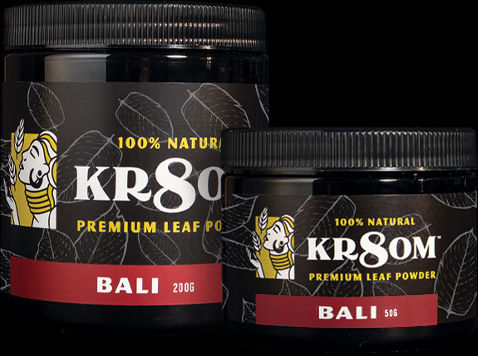
4. User Experience: What Does It Feel Like?
Kratom:
- Users report a warm wave of relief, reduced discomfort, improved mood, and subtle energy without jitters.
- At low doses, kratom acts as a stimulant, promoting alertness and focus; at higher doses, it becomes sedative and relaxing.
- Effects are described as balanced and manageable, suitable for daily routines.
7OH:
- Users often experience a rapid, powerful onset of pain relief—sometimes described as “mind-blowing” for chronic discomfort.
- The mood lift is more intense, and sedation is more pronounced, making it better suited for those seeking strong relaxation or relief from severe symptoms.
- The concentrated nature means effects can be overwhelming for new users or those with low tolerance.
5. Safety, Side Effects, and Risks
Kratom:
- Side effects can include nausea, itching, sweating, dry mouth, constipation, increased urination, tachycardia, vomiting, drowsiness, and loss of appetite.
- Long-term use can lead to dependence, withdrawal symptoms, and rare cases of psychosis.
- The risk profile is generally considered lower than that of concentrated 7OH products, especially when used in moderation.
7OH:
- Due to its potency, 7OH carries a higher risk of dependence, rapid tolerance, and more severe withdrawal symptoms.
- Overuse or high dosages can lead to opioid-like side effects, including respiratory depression, sedation, and increased potential for addiction.
- Commercial products may contain up to 500% more 7OH than found naturally in kratom, significantly raising safety concerns.
6. Product Forms and Availability
Kratom:
- Widely available as powders, capsules, teas, and extracts.
- Offers a full spectrum of alkaloids, providing a “whole plant” experience.
7OH:
- Sold as concentrated shots, tablets, or “enhanced extracts”—often marketed for their potency and fast-acting relief.
- Products such as the Kream 7-OH Shot combine kratom extract with a measured dose of 7OH, amplifying effects for experienced users.
- Not representative of the natural plant; best suited for those seeking maximum strength and rapid onset.
7. Legal Status and Regulation
Kratom:
- Not federally controlled in the United States, but some states and municipalities have enacted bans or restrictions.
- The FDA has not approved kratom for any medical use, and the DEA lists it as a “Drug and Chemical of Concern”.
7OH:
- As a derivative of kratom, 7OH falls into a legal gray area. Its concentrated form may attract more regulatory scrutiny due to its potency and risk profile.
- Some states may treat concentrated alkaloid products differently from traditional kratom, so always check local laws before purchasing or using
8. Who Should Consider Each Option?
Kratom:
- Ideal for those seeking gentle, balanced effects for daily discomfort, mood support, or energy.
- Suitable for beginners and those who prefer a more natural, less intense experience.
7OH:
- Best for experienced users who require rapid, powerful relief—such as for severe pain or acute stress.
- Not recommended for new users or those sensitive to opioid-like effects due to higher risk of side effects and dependence.
9. Summary Table: Kratom vs. 7OH
| Feature | Kratom (Whole Plant) | 7OH (Concentrated Alkaloid) |
|---|---|---|
| Source | Mitragyna speciosa leaves | Isolated from kratom or synthesized |
| Alkaloid Profile | Full spectrum | Single, highly potent compound |
| Potency | Moderate, balanced | Extremely strong |
| Onset | Gradual (30–45 min) | Rapid (10–20 min) |
| Effects | Stimulant (low dose), sedative (high) | Strong analgesia, sedation |
| Tolerance/Dependence | Slower to develop | Rapid, higher risk |
| Legal Status | Varies by state; not federally banned | Unclear, more scrutiny |
| Best For | Daily support, mild-moderate relief | Severe pain, rapid relief |
10. Choosing What’s Right for You
Both kratom and 7OH offer unique benefits and risks. Kratom provides a balanced, natural experience with a lower risk profile, making it suitable for most users looking for daily support. 7OH, on the other hand, is a powerhouse alkaloid—best reserved for those who need strong, fast-acting relief and understand the potential for dependence and side effects.
If you’re new to kratom or prefer a holistic approach, traditional kratom products from reputable vendors like 7OH Global Kratom are a smart starting point. For experienced users seeking maximum potency, 7OH-enhanced products may offer the next level of relief, but caution and moderation are essential.
Always consult with a healthcare professional before starting any new supplement, especially those with opioid-like effects. Stay informed, use responsibly, and prioritize your health and safety above all.
This article is for informational purposes only and does not constitute medical advice. Consult your physician before using kratom or 7OH products.


